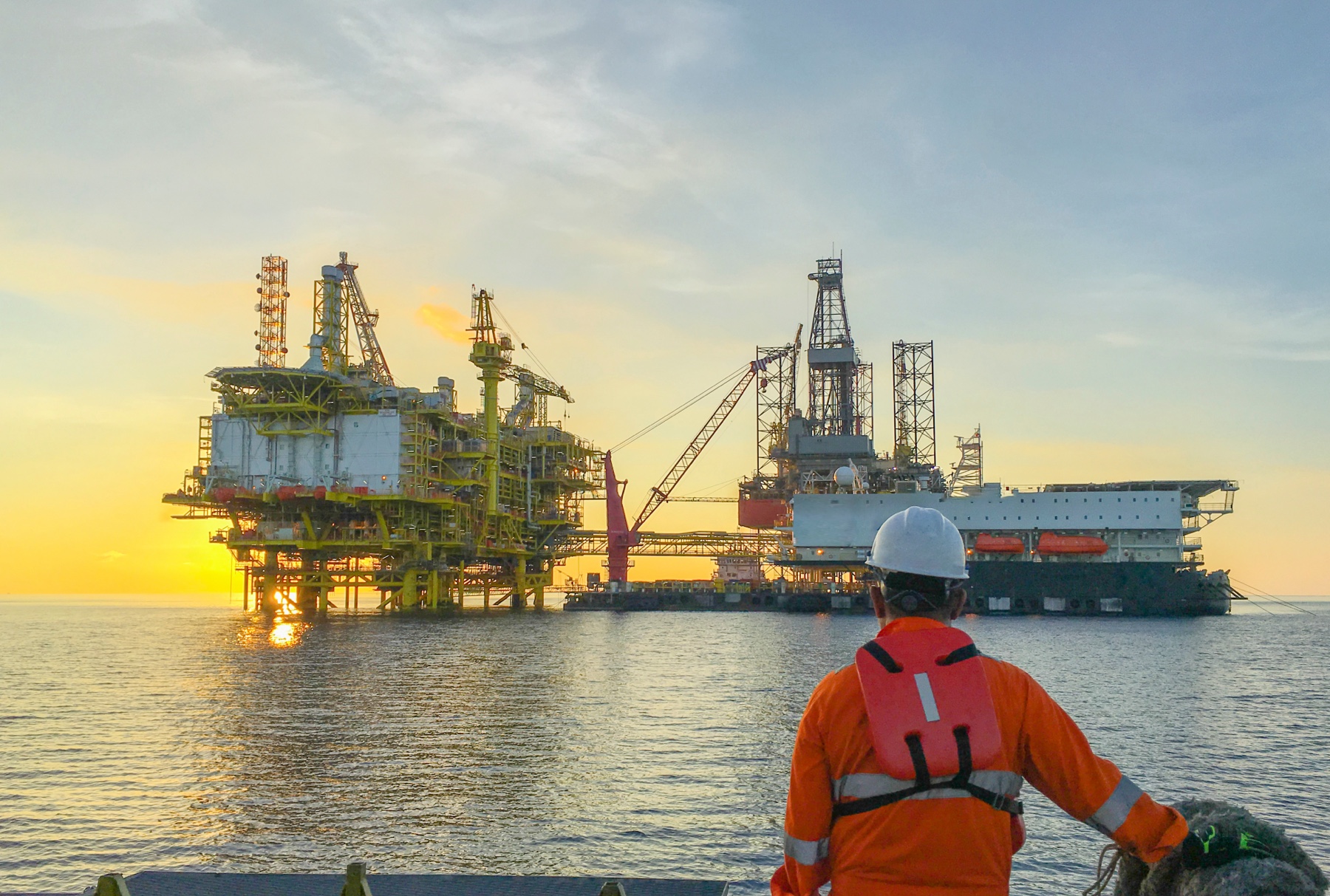EDSARC – Enhanced Design of Search And Rescue Craft
Improving the performance of lifeboats and providing a safe environment for crews.
Project leader
Professor Richard Birmingham
Professor Bob Dow
Dr Simon Benson
Dates
October 2014 to March 2018
Sponsors
Royal National Lifeboat Institution (RNLI)
Partners
Royal National Lifeboat Institution (RNLI), Lloyd's Register
Description
We are exploring the approach to the structural design of search and rescue (SAR) craft. We are generating new practical and theoretical expertise to improve the performance of lifeboats. At the same time, our work will ensure the provision of the safest possible environment for the crews.
SAR craft must have a rapid response to emergency call-outs. They need to travel safely, at high speed and in the most extreme conditions. This has a direct effect on the efficiency and reliability of the search and rescue service. A variety of factors make SAR craft more effective in saving lives. These include:
- shorter transit time to reach the casualty
- lower fuel consumption with a consequent increased operational range
But travelling at high speed and in rough seas subjects the craft to significant slamming impacts. These impacts affect the structure of the vessel. They also have consequences for the crew and the on-board equipment.
Designing SAR craft must balance the requirements of optimum weight, structural strength and available propulsive power. Crew endurance and safety and equipment functionality also limit speed.
We are reviewing current knowledge of hull loads prediction methods for lifeboat and high-speed craft. We are carrying out a case study comparing the current RNLI status against available methods for lifeboat and high-speed craft. The case study considers load prediction methods, together with the design parameters used.
We are investigating the response of SAR craft to the loads experienced during operation. We are developing a numerical model, validated through model-scale and full-scale experiments. The model will predict the loads experienced by all-weather search and rescue craft. We are analysing our results, taking into account the vessel structure, crew endurance and equipment functionality.
We are applying numerical and experimental methods to provide a set of guidelines. These will embed all the limiting criteria.
We are generating new knowledge of hull loadings and vessel structural response. We will also provide practical tools to guide the design, operation and maintenance of lifeboats.
The study bridges the gap between academia and industry. We lead the study, in partnership with the Royal National Lifeboat Institution (RNLI), and with the support of Lloyd's Register. We are contributing new knowledge to de-risk and improve the efficiency of lifeboats. Our study could further improve the Rules for the Classification of Special Service Craft.
